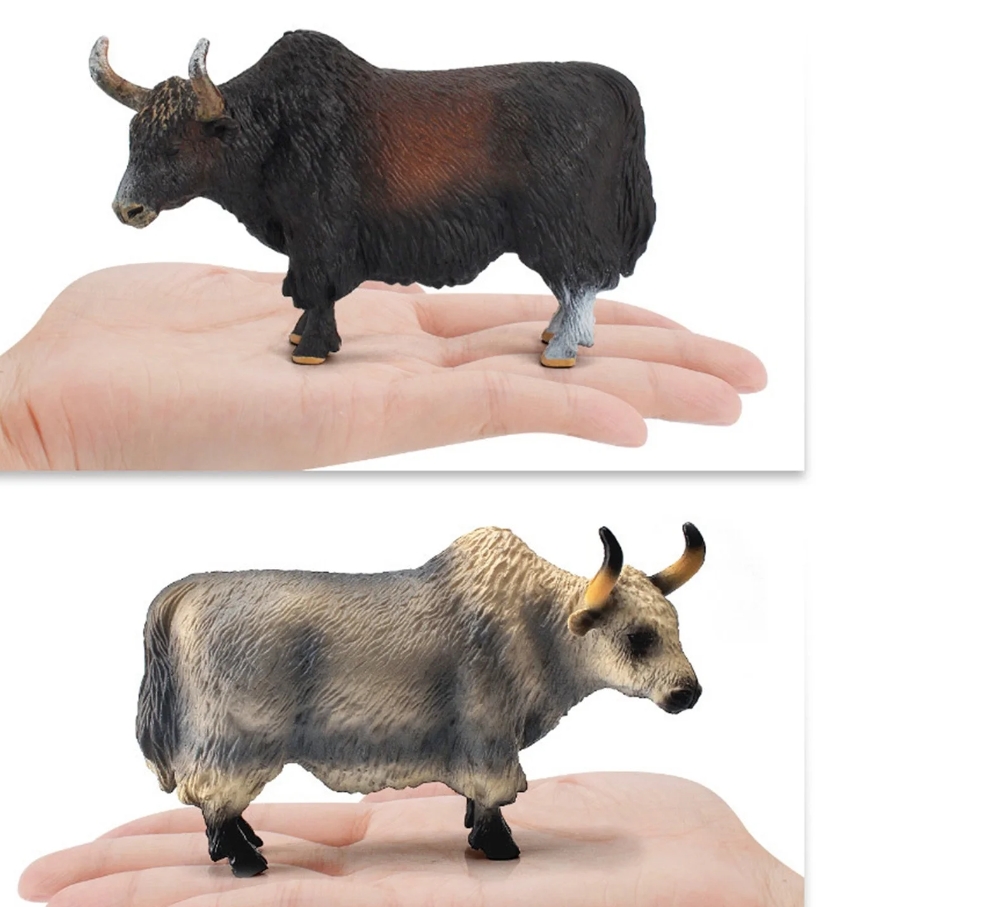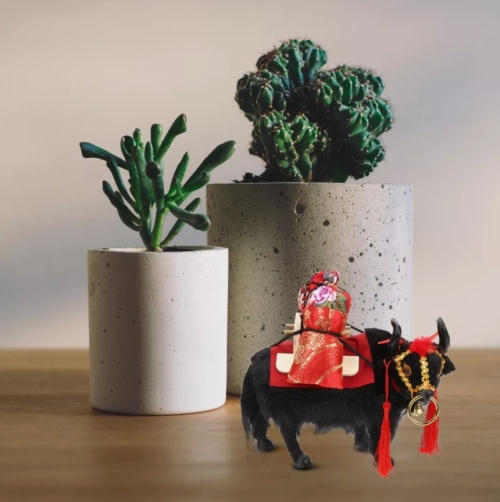At its core, the Yak model encourages people to “speak their truth.” By sharing personal stories and experiences, individuals create a foundation of trust and relatability that can bridge gaps between diverse backgrounds. The model advocates for active listening, urging participants to not only hear the words being spoken but to genuinely understand the emotions and intentions behind them. This practice nurtures an environment where ideas can flow freely, fostering collaboration and creativity.
Moreover, the Yak model recognizes the importance of nonverbal cues in communication. Body language, facial expressions, and tone of voice play vital roles in conveying meaning and emotion. By paying attention to these elements, communicators can enhance their messages and resonate more deeply with their audience.
















